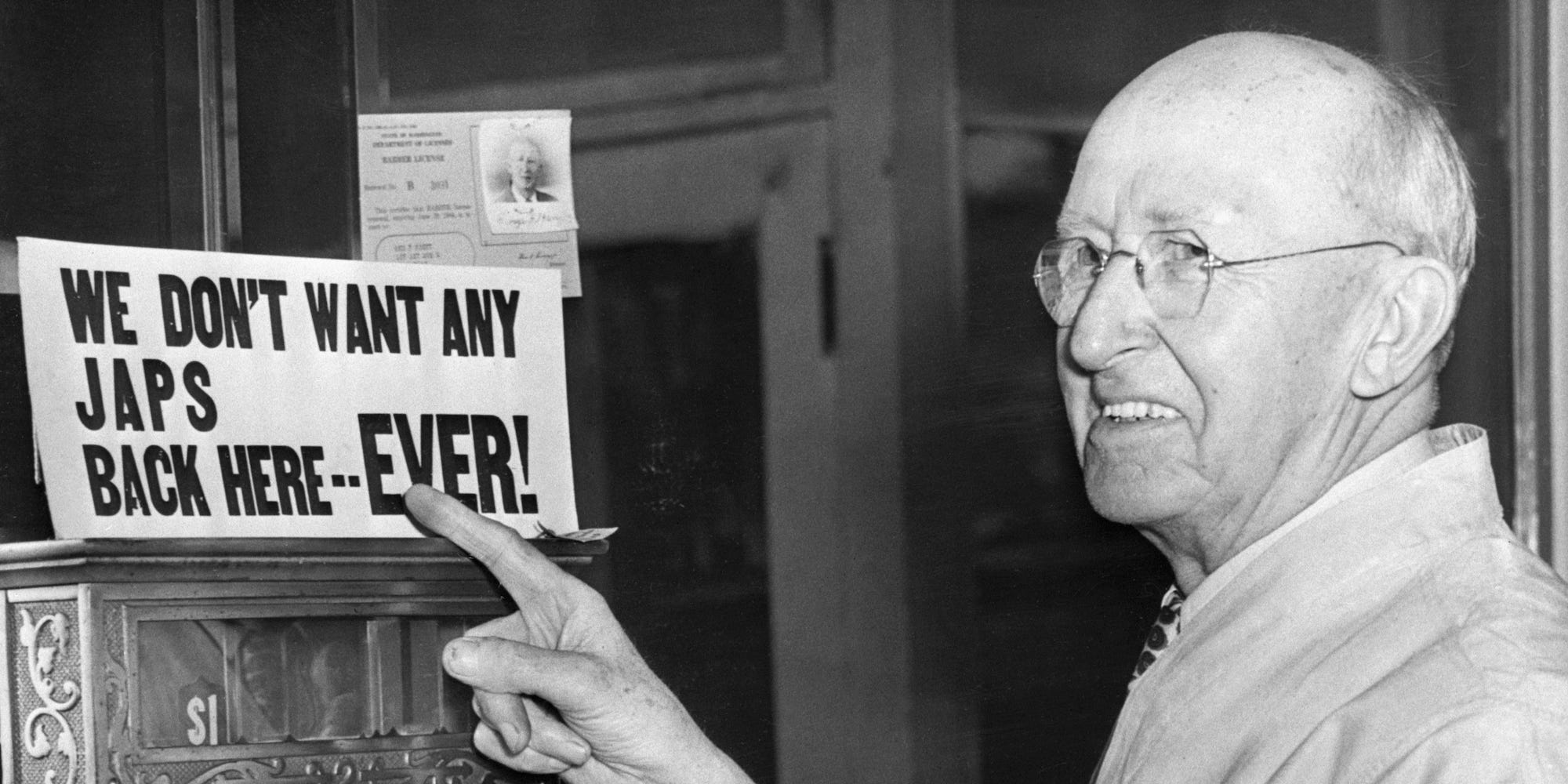
Getty Images
- The US has seen a major rise in anti-Asian hate crimes and racism over the past year.
- There's a long history of discrimination against Asians in the US.
- Understanding this history could be crucial to combatting the rising tide of anti-Asian hate today.
- See more stories on Insider's business page.
The US has seen a wave of anti-Asian hate crimes over the past year, sparking calls for law enforcement and leaders in Washington to ramp up efforts to combat discrimination against the Asian community.
Congressional lawmakers met with prominent Asian Americans on Thursday as part of a hearing focused on the rising tide of anti-Asian discrimination nationwide, just two days after a series of shootings at three Atlanta-area massage parlors left eight people dead – including six Asian women.
Between March 2020 and late February 2021, there were roughly 3,800 anti-Asian racist incidents reported across the US, with 68% coming from women, according to new data released by reporting forum Stop AAPI Hate. Women reported hate incidents 2.3 times more than men, the report said.
Anti-Asian hate crimes increased by 150% in 2020 from the year prior, according to an analysis of hate crimes in 16 US cities recently released by the Center for the Study of Hate and Extremism at California State University, San Bernardino
The COVID-19 pandemic has fueled much of this anti-Asian racism and xenophobia. Many Republican leaders, including former President Donald Trump, have poured gasoline on the fire by insisting on calling COVID-19 the "Chinese virus."
Though there's been a significant rise in discrimination against the Asian community in the past year, it's also nothing new. This brand of hatred is part of a long tradition in the US. Indeed, anti-Asian racism has played a major role in the American story.
In the 19th century, xenophobia and nativist sentiments drove the US to adopt what was effectively a whites-only immigration policy. Congress passed the Chinese Exclusion Act in 1882, which barred Chinese workers from coming to the US and blocked Chinese nationals in the US from becoming citizens. The Chinese Exclusion Act was the first law in US history that explicitly prohibited immigration on the basis of race.
"Beginning in 1882, the United States stopped being a nation of immigrants that welcomed foreigners without restrictions, borders or gates," Erika Lee, a professor at the University of Minnesota, said in her book At America's Gates: Chinese Immigration During The Exclusion Era, 1882-1943. "In the process, the very definition of what it meant to be an 'American' became even more exclusionary." America became a "gatekeeping nation" with the passage of the Chinese Exclusion Act, Lee said.
The law remained in force for six decades before it was replaced by the Magnuson Act in 1943, which was still quite restrictive and only permitted a quota of 105 Chinese immigrants annually. Immigration law in the US would continue to discriminate against Asians in major ways until the Immigration and Nationality Act of 1965, which abolished the national-origins quota system.
The Chinese Exclusion Act is just one example of the myriad forms of discrimination people of Asian descent have faced in the US. During World War II, for example, President Franklin D. Roosevelt signed Executive Order 9066, forcing over 100,000 people of Japanese descent into detention camps in the US.
The order was largely motivated by anti-Japanese sentiments after the attack on Pearl Harbor. Japanese Americans in the western US faced suspicion and rampant discrimination, even as many in the community served in the war - and in many cases were thrown into some of the most dangerous missions in Europe.
Of the people pushed into these internment camps during the war, roughly 80,000 were US citizens. The order also impacted some German and Italian Americans, but the vast majority of detainees were of Japanese descent.
The US government has made efforts to apologize for discriminatory actions against the Asian community, including the internment of Japanese Americans, but the hateful sentiments that contributed to these moves persist. Understanding this history could be crucial to thwarting the ongoing discrimination against Asians in the US.